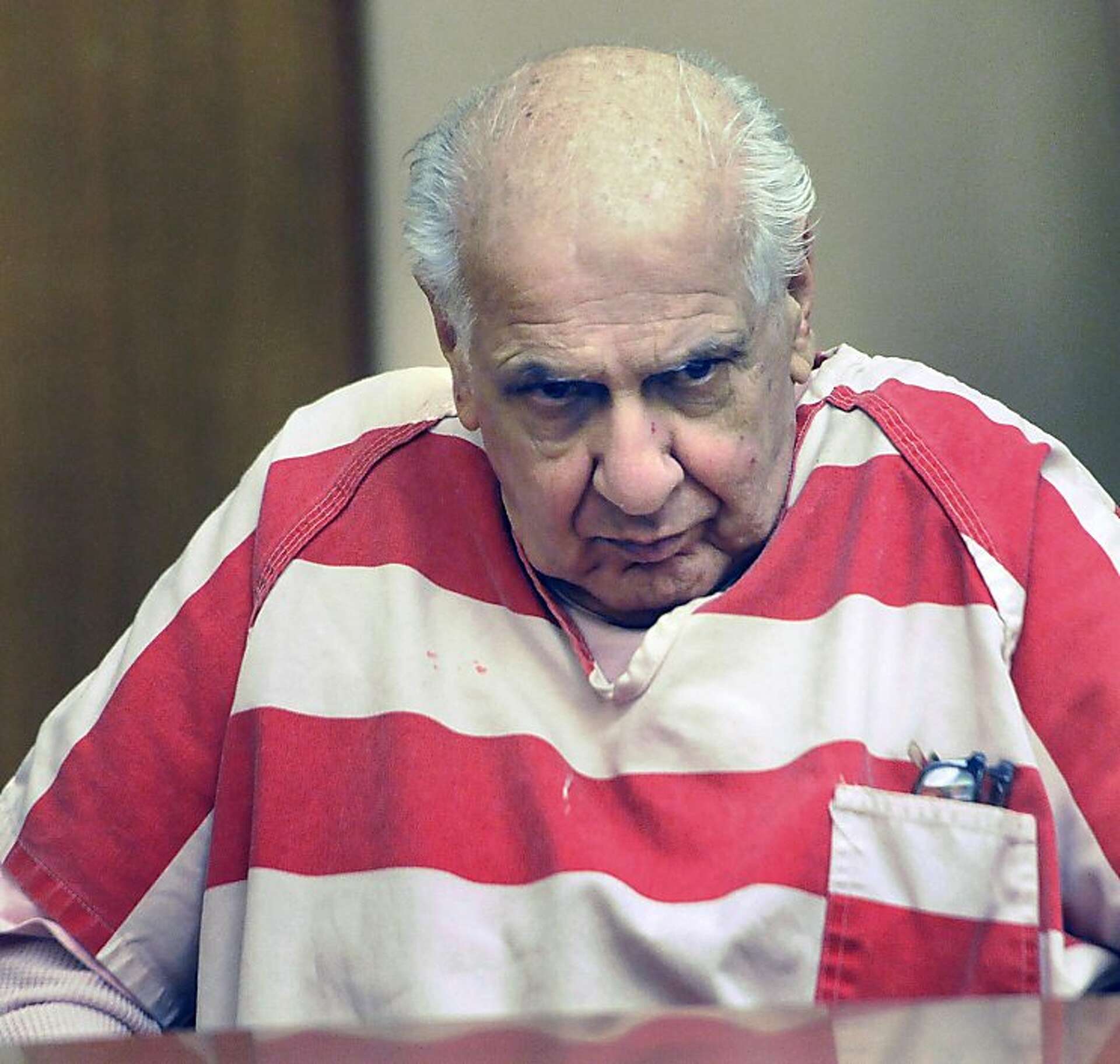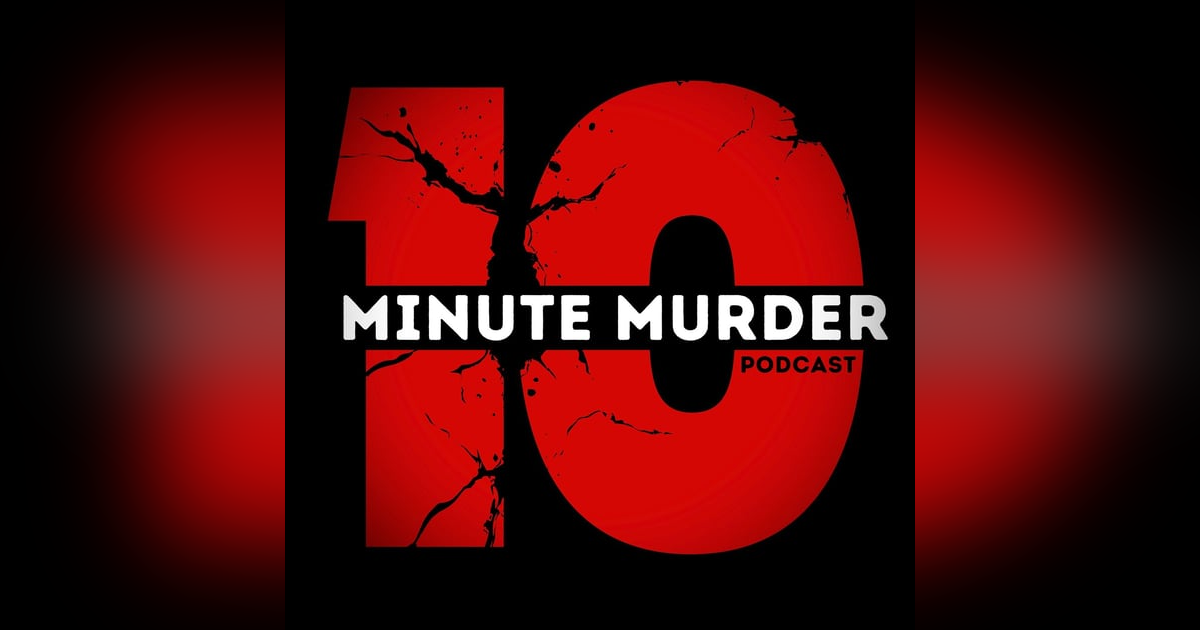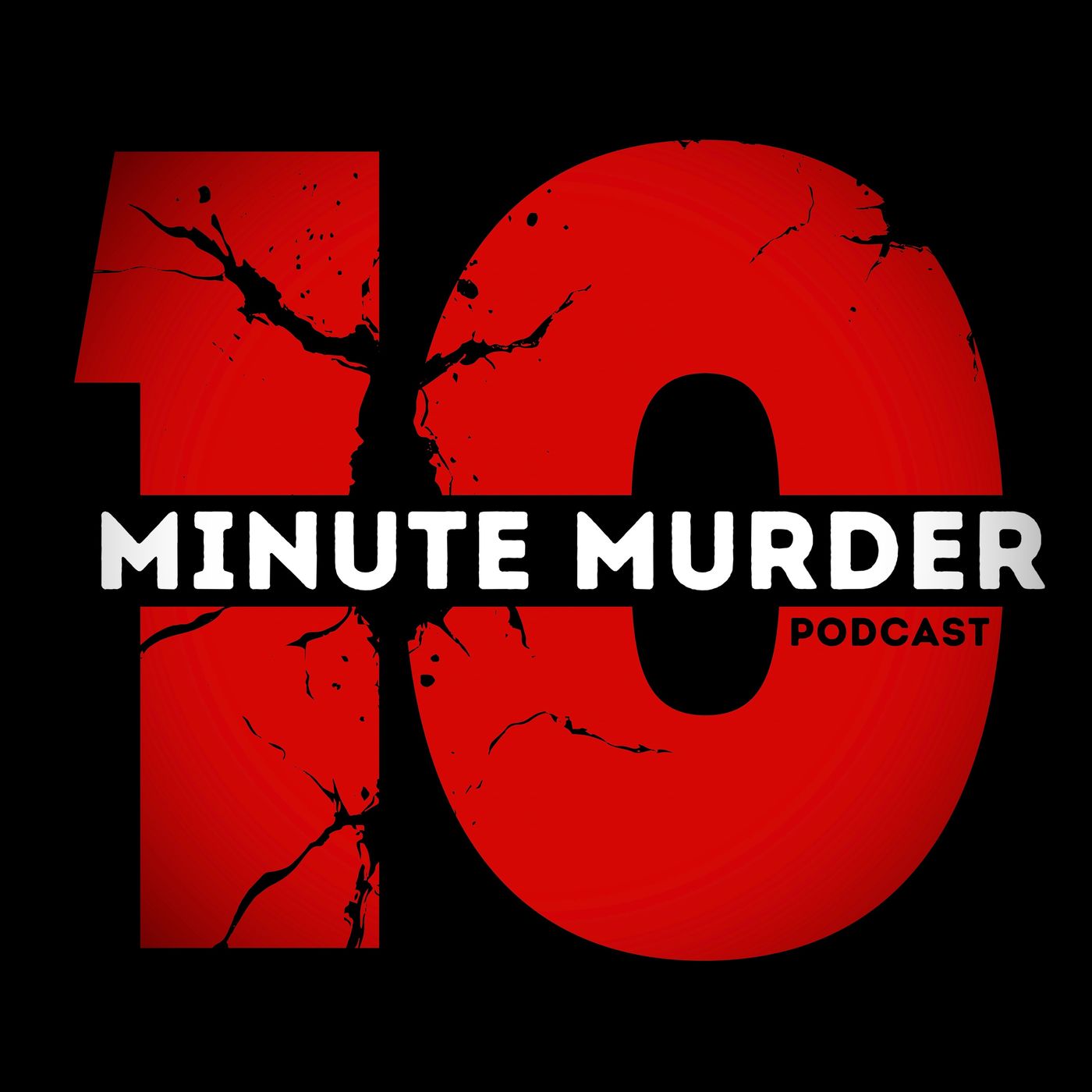Hidden in Plain Sight: How Joseph Naso Killed for 50 Years Undetected

In 2010, a probation check in Nevada uncovered something prosecutors would later call a "roadmap to murder." A handwritten list. Ten women. Ten locations. And one man who had been hiding in plain sight for decades.
The Photographer Who Collected More Than Pictures: Joseph Naso's Decades of Deception
You know that neighbor who seems completely normal? The one who waves from his driveway, maybe complains about the weather, lives a pretty unremarkable life? Joseph Naso was that guy. Born in Rochester, New York, in 1934, he did all the regular things. Served in the Air Force, got married, had a son he cared for in his later years, worked as a freelance photographer.
In the 1970s, he took classes at San Francisco colleges, moved around California like a lot of people do, and eventually ended up in Reno, Nevada. His neighbors knew him as "Crazy Joe" because he was a little odd, maybe eccentric. The kind of quirky you roll your eyes at rather than worry about.
Here's what makes this story so terrifying. While Naso was living this completely ordinary life, he was documenting something that would eventually reveal him as one of America's most prolific serial killers.
The Making of a Monster: How the System Failed From the Start
According to handwritten records Naso kept himself, his first sexual assault happened in 1950 when he was 16 years old. So we're talking about someone who started victimizing women as a teenager and continued for nearly five decades. Five decades.
In 1958, he was convicted of rape in Rochester, New York. Now, this is where things get really messed up. Instead of going to prison for a significant amount of time, investigators allegedly told him to "get out of town." Pack up and leave. That's your consequence for rape.
This decision might have been one of the most catastrophic mistakes in criminal justice history. Psychologists talk about how avoiding real consequences can create a sense of invincibility in offenders. If you can walk away from a rape conviction with basically a warning, what does that tell you about how seriously society takes your crimes?
The rapes continued through 1998, possibly into the 2000s, all meticulously logged in his records. For almost 50 years, this man was assaulting women while maintaining the appearance of a regular guy living a regular life.
The Pattern That Got Him Caught: Double Initials and Dead Women
Naso earned the nickname "The Double Initial Killer" because four of his confirmed victims had first and last names starting with the same letter. Roxene Roggasch, Carmen Colon, Pamela Parsons, and Tracy Tafoya. Law enforcement started noticing this pattern, and it became his signature.
His method was calculated and horrifying. Prosecutors proved that Naso would drug his victims, photograph them while they were unconscious or after he killed them, strangle them with ligatures like nylon stockings, then dump their bodies in rural areas of Northern California.
The evidence against him was overwhelming. Take Roxene Roggasch's case. His DNA was found on the pantyhose she was wearing. His ex-wife's DNA was on the pair wrapped around her neck. This wasn't circumstantial. This was direct physical evidence placing him at the scene of murder.
But what really sets Naso apart is his compulsive need to collect things. When police searched his home, they found hundreds of thousands of photographs of women. Many appeared unconscious, drugged, or dead, posed in lingerie next to mannequin parts. He also kept obituaries, newspaper clippings about missing women, and personal items belonging to his victims.
Criminologists call these "trophies," and they serve a specific psychological purpose. They allow killers to relive their violent acts and maintain psychological control over their victims even after death. For Naso, killing was part of a larger ritualized process of dominance and fantasy.
Six Lives We Know About
Let me tell you about the women whose lives Naso destroyed.
Roxene Roggasch was 18 years old when she was found strangled near Fairfax, California, in 1977. The DNA evidence connecting Naso to her murder was undeniable.
Carmen Colon, 22, was discovered dead along the Carquinez Scenic Highway in 1978. Here's something that will give you chills: she shared a name with a victim from the Rochester Alphabet Murders, a completely different case where Naso was actually considered a person of interest.
Sharileea Patton, 56, washed ashore in Marin County in 1981. Naso was the prime suspect back then because he managed the building where she lived, but the case went cold for thirty years.
Sara Dylan was born Renee Shapiro. She was a Bob Dylan fan who was last seen heading to a concert in 1992. Her passport and ID were found in Naso's safety deposit box, along with a note about the concert date.
Pamela Parsons, 38, worked as a waitress and was found dead in Yuba County in 1993. Naso actually admitted to photographing her and kept newspaper clippings about her disappearance.
Tracy Tafoya, 31, was found dead in Yuba County near the Marysville Cemetery in 1994. Naso's personal log mentioned being with a woman named "Tracy" on the day she disappeared.
The gap between Naso's four convictions and the estimated 6-26 victims shows you how serial killer investigations really work. Courts can only convict based on evidence that meets legal standards. The personal records found in his possession suggest his actual crimes were way more extensive.
The Lucky Break That Cracked Everything Open
Sometimes the biggest cases get solved by pure accident. In 2010, Naso was on probation for petty theft when he violated his parole by having ammunition. During the routine search of his Reno home, authorities found what one prosecutor called a "treasure trove" of evidence.
The most important discovery was sitting right on his kitchen table. A handwritten "List of 10" women with geographical locations. Investigators immediately realized this could be their roadmap to connect Naso with cold cases going back decades.
What happened next was pretty amazing. The list gave them specific targets for DNA analysis of evidence that was over 30 years old and had been stored at room temperature. Normally, that would degrade genetic material beyond use. But the Contra Costa County Sheriff's Crime Lab managed to extract usable DNA from this old evidence. Even better, they found an extremely rare genetic marker in Naso's DNA that matched the crime scenes.
The list pointed them to the bodies. The bodies provided the scientific proof they needed for convictions.
When Arrogance Destroys Your Defense
Despite having a million dollars available for legal representation, Naso made what every legal expert called a catastrophic decision. He decided to represent himself in court.
His courtroom behavior was described as "befuddled and ornery." His defense strategy was amateur hour. Naso admitted to photographing women, including some of his victims, and to writing about "rape" in his journals. Then he tried to explain it away by claiming "rape" was "loose talk" for "making out or having great sex."
He presented dozens of his regular photography work to try to convince the jury he was a legitimate artist. This approach had zero chance against the mountain of evidence prosecutors had assembled.
Any competent defense attorney would have hired DNA experts to challenge the forensic evidence. Instead, Naso's narcissistic belief that he could outsmart everyone sealed his fate.
After a two-month trial, the jury deliberated for eight hours before finding him guilty on four counts of first-degree murder. He got the death sentence in November 2013, though California's moratorium on capital punishment means he'll probably never actually be executed.
The Death Row Revelation That Changes Everything
Here's where this story takes another dark turn. Joseph Naso's ego wouldn't let the story end with his conviction.
Over the past few years, documentaries have revealed that Naso spent a decade confessing to a fellow death row inmate, William A. Noguera, that he actually killed 26 women. Noguera wrote down everything in over 300 pages of notes.
What triggered these confessions? Naso was furious when media reports attributed one of his murders to another serial killer, Rodney Alcala, known as "The Dating Game Killer." His need for recognition and control over his reputation was so powerful that he told another prisoner secrets he never revealed to law enforcement.
Noguera, who was resentenced to 25 years to life in summer 2024, gave his notes to retired Detective Ken Mains. Mains was able to verify some of the details, including a claim that Naso posed as a photographer for the Oakland A's to lure victims. In one particularly disturbing discovery, Mains found a search warrant from Naso's house that listed a collection of 26 coins. He believes each coin represents one victim.
The confessions included details about a young woman allegedly murdered in May 1975 on Mount Tamalpais and Lynn Ruth Connis, a "girl from Berkeley" who had answered a modeling ad.
The Mind of a Collector Killer
The Joseph Naso case shows us something really disturbing about how certain killers think. His compulsive documentation wasn't separate from his crimes. It was central to how he experienced and remembered his violence.
The photographs, diary entries, and victim keepsakes weren't evidence he accidentally left behind. They were essential parts of his psychological satisfaction. He needed these items to relive his crimes and maintain his sense of power over the women he killed.
What's really remarkable is how his ego became the key to understanding the full scope of his crimes. Decades of traditional police investigation couldn't get these confessions out of him. But one fellow inmate willing to listen to Naso brag about his "accomplishments" unlocked information that could connect him to cases across multiple states and decades.
Recent documentaries suggest Naso might be one of America's most prolific serial killers, active from the 1950s through the 1990s while remaining largely undetected. His case shows how a predator can operate for decades by maintaining a facade of normalcy while systematically documenting his own violence.
The most haunting part? For nearly 50 years, this man was photographing women, living as someone's neighbor, someone's father, while methodically destroying lives. The "List of 10" wasn't where his crimes started. It was where his ability to hide them finally ended.
Joseph Naso's story reminds us that the most dangerous people aren't always the obvious monsters lurking in dark alleys. Sometimes they're the ones offering to take your picture.












